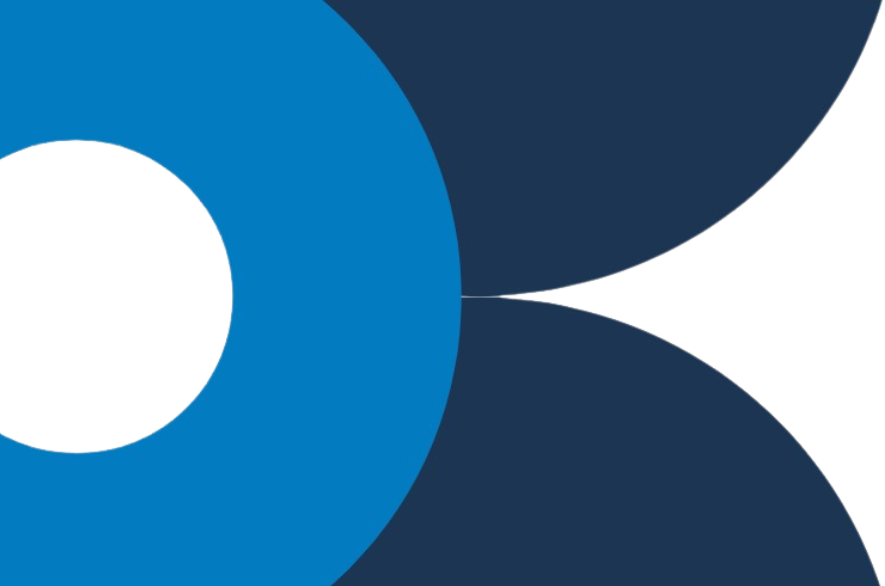Building Scalable Microsoft Fabric Analytics Pipelines: 2025 Best Practices for Data-Driven Enterprises
Introduction: Why Microsoft Fabric, and Why Now?
What Is an Analytics Pipeline in Microsoft Fabric?
1. Ingestion – Bring data from multiple sources (SQL, APIs, SaaS, etc.) into OneLake.
2. Transformation – Clean and model data using Spark, Dataflows, or SQL.
3. Storage – Organize data into bronze, silver, and gold layers using Delta tables.
4. Analysis – Create Power BI reports, dashboards, or machine learning models.
5. Monitoring – Track performance, costs, and lineage through Fabric monitoring tools.
Fabric Analytics Pipeline Flowchart
↓
Ingestion Layer → Fabric Data Factory (Copy Data, Dataflows)
↓
Transformation Layer → Spark / Notebooks (Bronze → Silver → Gold)
↓
Storage Layer → OneLake / Warehouse
↓
Analytics Layer → Power BI / ML Models
↓
Monitoring & Alerts → Data Activator / Logs
Best Practices for Building Scalable Fabric Pipelines
· Use a layered architecture (Bronze → Silver → Gold).
· Parameterize pipelines for reusability and standardization.
· Adopt CI/CD with Fabric deployment pipelines.
· Monitor workloads and optimize compute capacity.
· Secure data using RBAC, Entra ID, and OneLake permissions.
· Automate refresh and failure alerts via Power Automate.
Fabric vs Azure Synapse in 2025
Example Use Case: Finance Insights Pipeline
· Pull Excel data from SharePoint into OneLake
· Clean and join datasets with Dataflows and Spark
· Create Gold-layer tables for Profit & Loss analysis
· Train AutoML models for forecasting
· Surface insights via Power BI dashboards
Closing Thoughts
How Cloud 9 Infosystems Can Help
Frequently Asked Questions (FAQs)
Recent Posts
Latest Blogs

Azure AI Foundry: Operationalizing Enterprise AI Agents at Scale
As enterprises move beyond AI experimentation, a clear shift is underway. CIOs and technology leaders are no longer asking if AI can help but how

Microsoft Licensing 101: How to Optimize Your Microsoft 365, Dynamics & Azure Investments
Licensing is one of the most underestimated drivers of IT cost efficiency. For many organizations, the hidden costs of unused seats, overprovisioned bundles, and idle

AI Agents Are Here: But Are They Working for You or Against You?
A Cloud 9 Guide to Securing the Agentic Era Artificial Intelligence has entered a new chapter, the age of autonomous AI agents. These agents schedule





 Visit India Website
Visit India Website